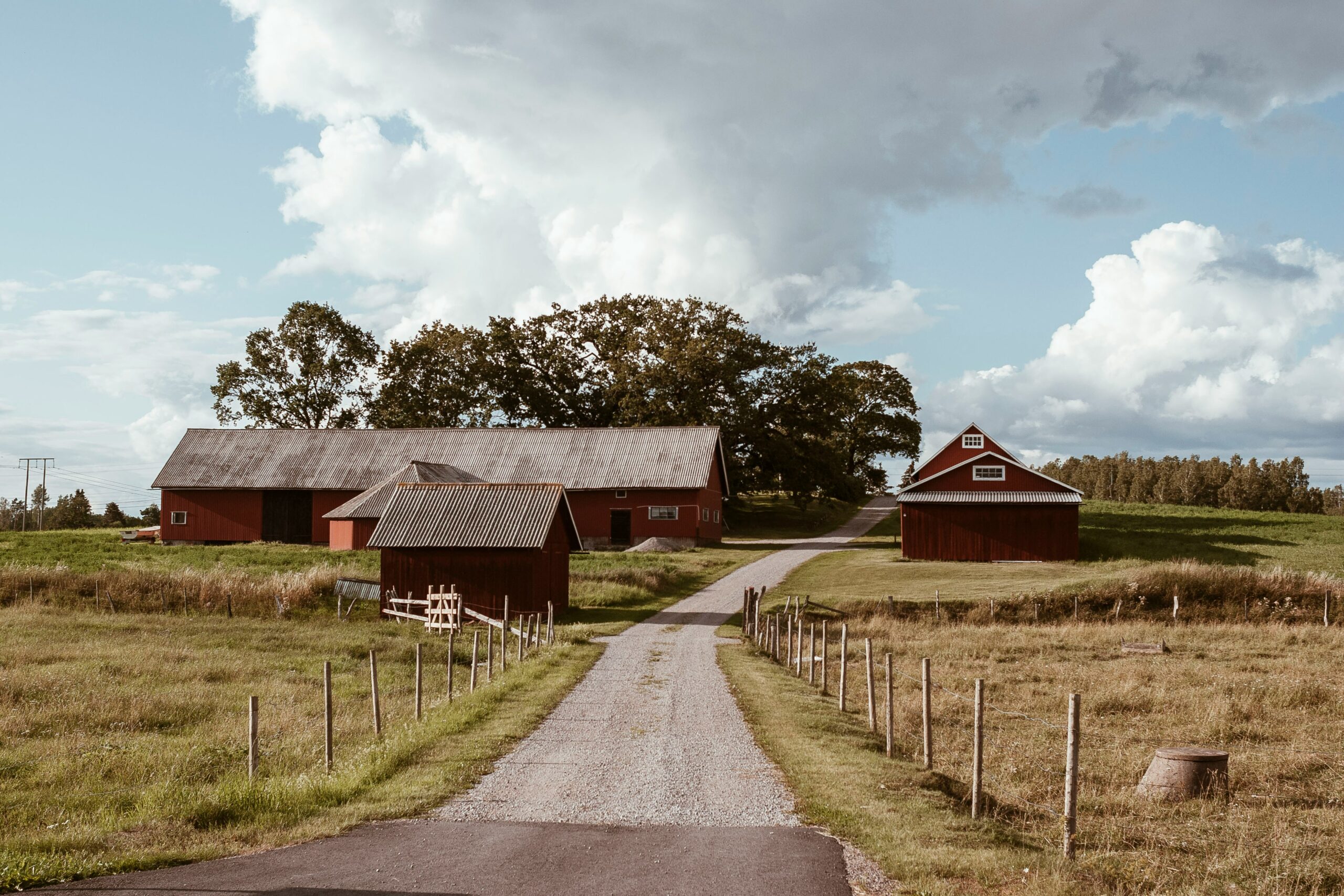
Travel often begins with a map, but the best journeys happen on the roads less traveled. Away from highways and crowded cities, rural routes offer a slower rhythm of life. They reveal barns that tell stories of generations and boulevards where small-town pride shines. Exploring these paths blends nostalgia with discovery, turning each mile into a memory.
The Heartbeat of Rural Roads
Country roads have a personality of their own. They bend through rolling fields, stretch across meadows, and disappear into shaded woods. Each turn feels like an invitation to pause and look closer. Barns dot these routes like landmarks of resilience. Their wooden frames may lean with age, yet they stand as symbols of labor, harvest, and tradition.
Driving or cycling past them, you sense the quiet dignity of rural life. These barns remind travelers that history isn’t locked in museums. It stands right there, weathered but enduring, beside fields of corn, wheat, or hay.
Boulevards Beyond Cities
When people hear “boulevard,” they often think of city avenues lined with shops and traffic. Yet, in rural communities, boulevards take on a different spirit. They are wide streets shaded by old trees, often leading to a town square. Here, neighbors wave to each other, children ride bicycles, and life flows without the rush of sirens or skyscrapers.
These boulevards anchor small towns. They hold local diners, family-owned stores, and weekly markets. Exploring them is like stepping back into a time when conversations were face-to-face and community was not an idea but a way of living.
Barns as Storytellers
Every barn tells a story, even if no one is around to share it. The red-painted structures echo a tradition that dates back centuries. Farmers believed red paint, often mixed from natural pigments, protected wood from decay. Over time, that deep hue became a rural icon.
Step closer, and you’ll see the details: the sliding doors, the loft windows, the stone foundations. These details speak of long days of work, of families who relied on the land, and of animals that sheltered there. Even abandoned barns, leaning into the earth, carry a kind of poetry. They remind us that life changes, but the spirit of perseverance remains.
Boulevards as Living Stages
Boulevards in rural towns are not just streets. They are living stages for everyday life. Farmers drive their trucks to pick up supplies. Retirees sit on benches, trading stories. Children dash across sidewalks to buy ice cream on hot summer days.
At dusk, the soft glow of streetlamps turns these boulevards into welcoming corridors. Travelers find themselves slowing down, drawn into the warmth of a community that seems to exist outside the ticking of modern clocks. These places invite visitors to stay, even if just for a coffee or a stroll.
The Charm of Slowing Down
Exploring rural routes isn’t about speed. It’s about letting the journey breathe. On these roads, you may stop at a roadside farm stand, selling fresh fruit or handmade jams. You may encounter an old gas station still in service, run by the same family for decades.
These moments are not distractions. They are the heart of the experience. Slowing down allows you to notice the scent of freshly cut grass, the distant sound of a tractor, or the sight of a hawk circling in the sky.
A Meeting of Past and Present
Rural barns and boulevards are not frozen in time. Many have found new life. Old barns are now art studios, event spaces, or farm-to-table restaurants. Boulevards, once lined with general stores, now mix old charm with modern cafés or boutiques.
This blend of past and present creates a rich texture. Visitors experience history while enjoying the comforts of today. The preservation of these spaces shows respect for heritage while embracing progress.
Why These Routes Matter
Exploring barns and boulevards is not only about travel. It is about connection. Rural routes remind us of the values of resilience, community, and simplicity. They offer balance in a world that often feels chaotic.
These journeys foster appreciation for the people who maintain the land, the families who keep traditions alive, and the towns that continue to thrive despite modern challenges. Each route explored becomes more than a drive. It becomes an education in culture and humanity.
Tips for Travelers
Before setting out, pack curiosity. Rural routes may not always appear on tourist maps. The best discoveries happen when you follow a local’s advice or take a turn that looks inviting. Respect the spaces you enter, whether it is a farm, a town market, or a small diner. Every place has its rhythm, and every interaction has meaning.
Photography is a natural companion to these trips. Capture the weathered boards of barns, the symmetry of tree-lined boulevards, or the smile of a local vendor. Yet, don’t forget to put the camera down and experience the scene.
Finding Your Route
Rural routes stretch across every region. In some places, barns stand against mountain backdrops. In others, boulevards open into coastal horizons. What they all share is authenticity. They are not designed to impress with grandeur. Instead, they invite you to find beauty in simplicity.
Whether you’re in the Midwest, the South, or the far North, you’ll find roads that connect the familiar with the extraordinary. Each journey is shaped not by distance, but by the encounters along the way.